False Solomon’s Seal in the US
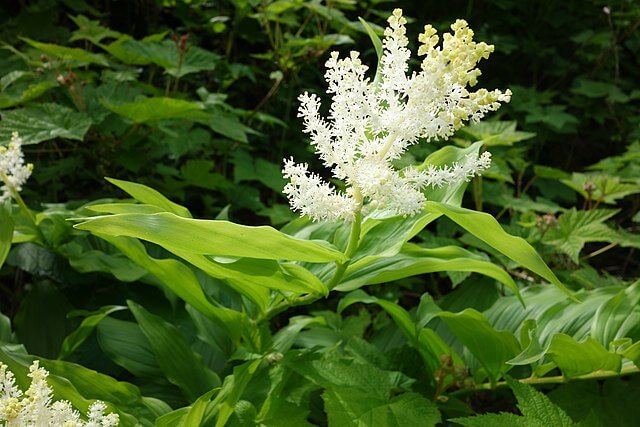
False Solomon’s seal (Maianthemum racemosum) is a flowering plant that’s commonly found in many parts of the US and Canada, except for the Central US, although it’s still found in the Dakotas and parts of Texas. false Solomon’s seal typically grows in partial shade and deep, moist, soft soils. Examples of common areas where false […]
Salicornia rubra: Nature’s Red Beans
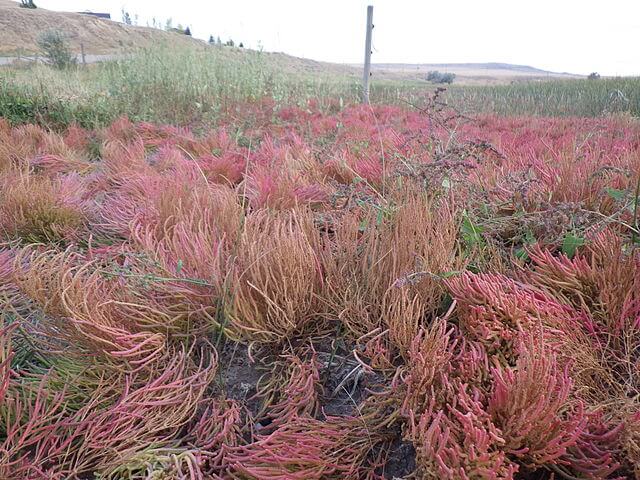
What is Red Saltwort? Salicornia rubra is a variety of saltwort plants, which are part of the Amaranth family. While not all plants that are categorized under the Amaranth family are saltwort plants, the three primary Salicornia varieties found in the United States are edible. This variety is known as red saltwort, western glasswort, or […]
Salicornia virginica, the Wild Pickle

What is Pickleweed? Salicornia virginica is the scientific name for the plant known as pickleweed. Pickleweed is also known as virginia glasswort and is a variety of saltwort. This variety of saltwort is a perennial and is most commonly found in areas of high salt content in the soil, which include salt marshes. Pickleweed is […]
A Brief History of the Pumpkin – From Ice-age Megafauna to New England Pumpkin Pie
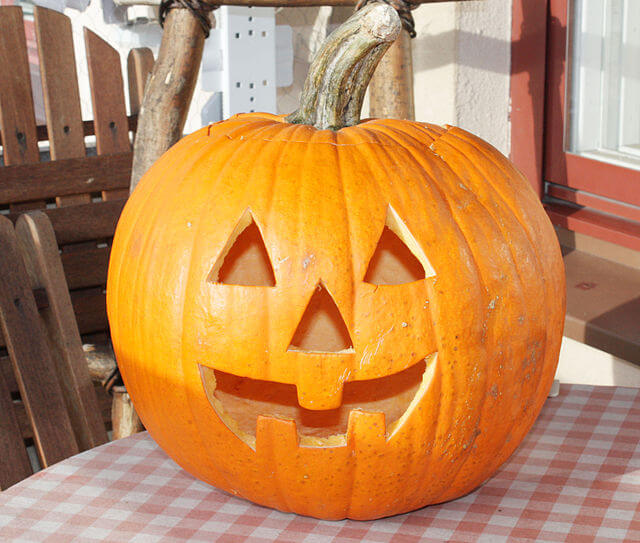
The star of the autumn garden is the pumpkin! This iconic squash’s round shape and bright orange color are found in imagery surrounding harvest festivals all through the season, to include modern American favorites Halloween and Thanksgiving. Pumpkin pie is a beloved dessert for fall festivities, though the squash also lends itself well to soups, […]
Narrowleaf Dock, A Eurasian Native Weed
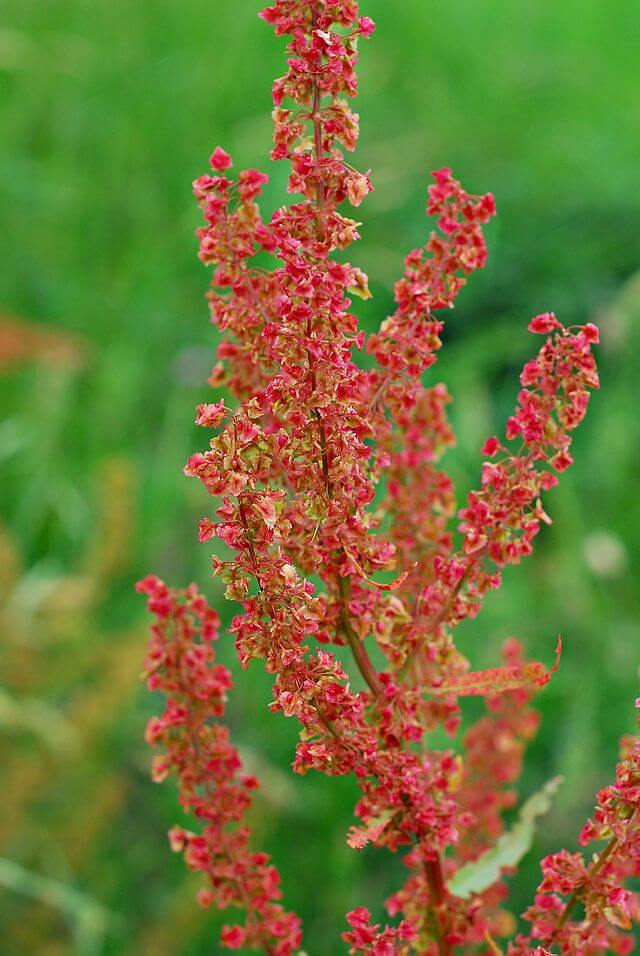
Introduction to Narrowleaf Dock Narrowleaf dock is a species of flowering plant that is part of the knotweed family, known as Polygonaceae. This family is comprised of 1,200 species, 48 of which are known varieties of dock plants. In identification, narrowleaf dock is known by its’ scientific name Rumex stenophyllus. In your research and foraging […]
Fireweed in the Pacific Northwest
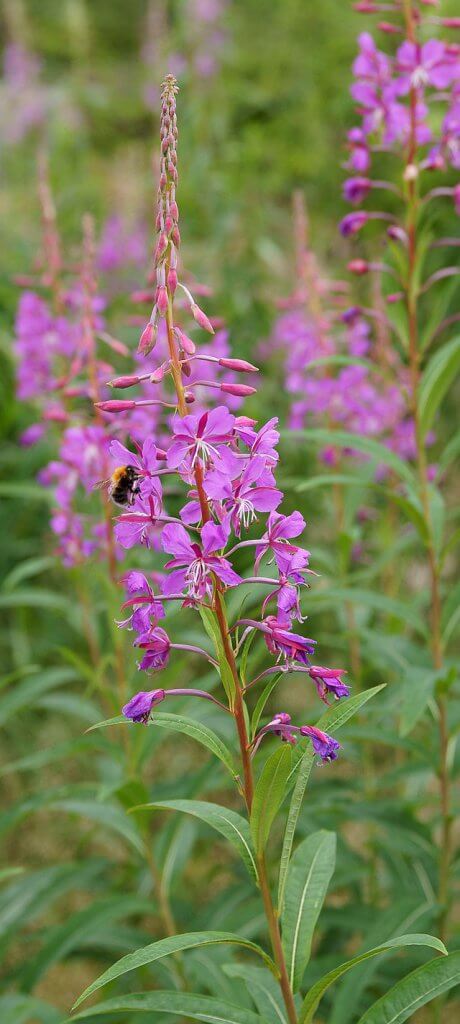
Fireweed (Chamerion angustifolium) is a tall, edible wildflower that’s common in many parts of the United States, but especially areas of the Pacific Northwest, most of the West, and the Northeastern United States. According to fireweed range maps, the Southeast US is the only area where the wildflower is not located. Fireweed is naturally from […]
Common Orach: Nature’s Wild Spinach

Introduction to Common Orach Atriplex patula, known as common orach, is a succulent-like plant that is native to Europe and was introduced to North America in the mid to late 1800s. However, this fact is often debated among botanists and other plant historians alike about the origins of common orach, but most evidence points to […]
Broadleaved Arrowhead in the Eastern US
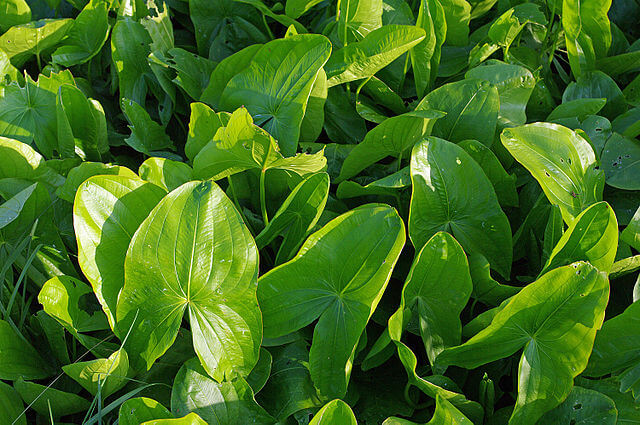
Broadleaved arrowhead (Sagittaria latifolia) is a wild edible plant that is common in wetland areas in the Eastern United States. Broadleaved arrowhead plants are naturally found in swamps, marshes, and long bands following the curves of rivers, lakes, and ponds. Broadleaved arrowhead is native mostly to the Northeastern US, however, it’s native to many parts […]
Arumleaved Arrowhead in the West and Northeastern US
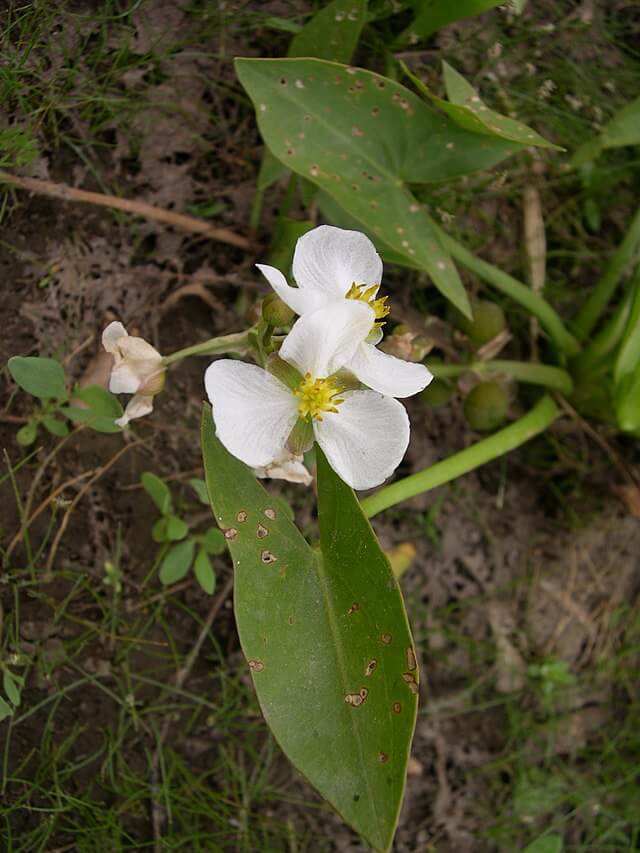
Arum-leaved arrowhead (Sagittaria cuneata) is a wild edible plant that is common in wetland areas in the Pacific Northwest, most of the West, and the Northeastern United States. Arum-leaved arrowhead plants are naturally found in marshes, swamps, wet prairies, streambanks, and along the edges of ponds. Arum-leaved arrowhead is native mostly to the Midwest, however, […]
Western Bistort: A Native American Staple wild edible

Western Bistort (Polygonum bistortoides) is a common wildflower that can be found in Alpine, Subalpine, and Meadow habitats throughout the Pacific Northwest. It also goes by Snakeweed colloquially because of the way the darkened root folds upon itself like a snake. It is in flower from June to September, and the seeds ripen from […]
Marsh Marigold; Proceed with Caution
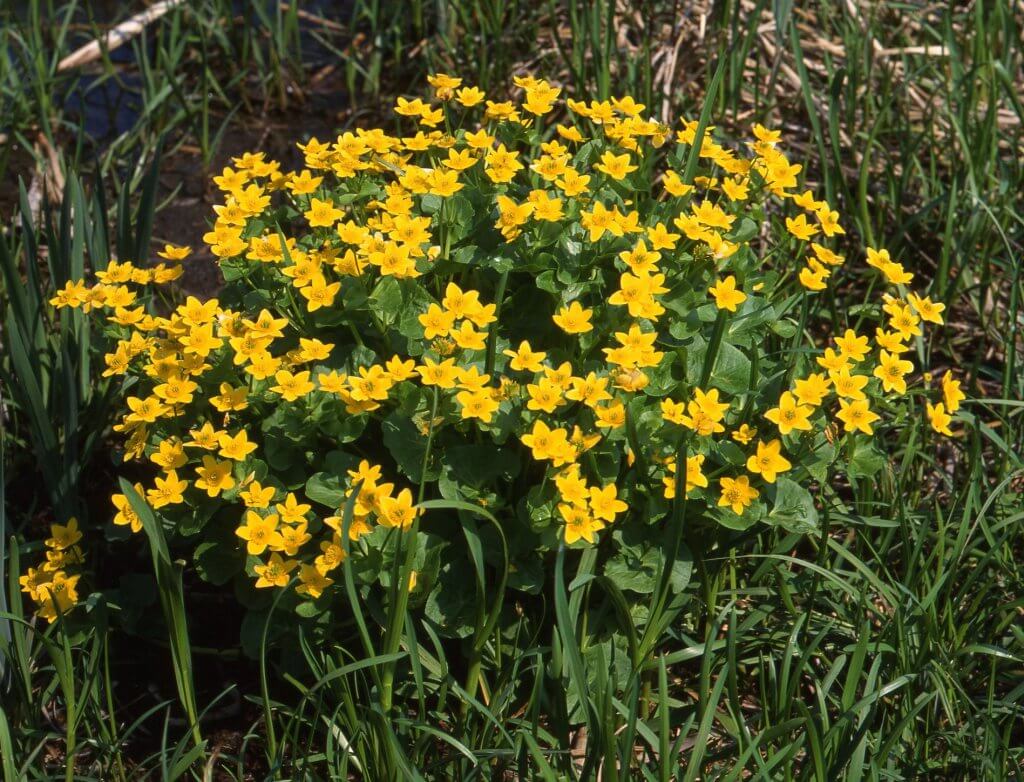
Common names for plants and plant species can be confusing. A single plant could have several common names. And a single common name might refer to a whole slew of different species. Marsh Marigold (Caltha spp.) is one such genus where confusion may occur. In the Pacific Northwest there are two common species of Marsh […]
Hard & Soft Stemmed Bulrush, the Muddied, Hearty Roots
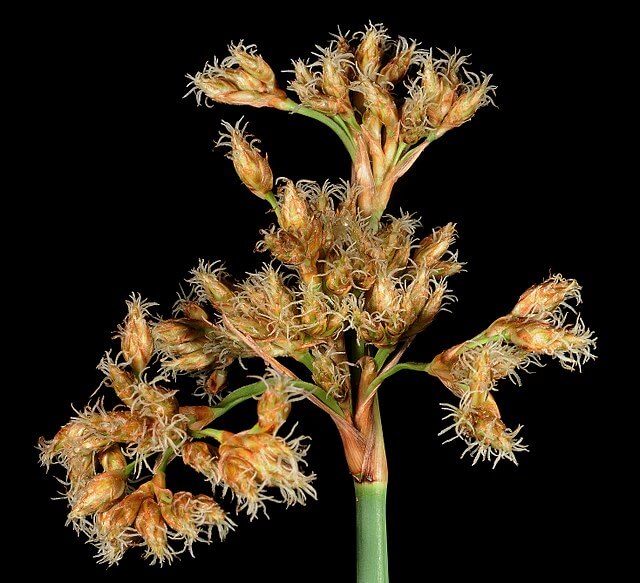
History of the Bulrush plants Bulrush is a type of sedge plant that is a part of the Cyperaceae family. Two species of bulrush discussed in this post today include the hard-stemmed bulrush (Schoenoplectus acutus) and the soft-stemmed bulrush(Schoenoplectus tabernaemontani). This variety of plants grow in wetlands, and specifically for bulrush varieties, the wetlands in […]
Bitterroot: The Bitter Expedition Plant
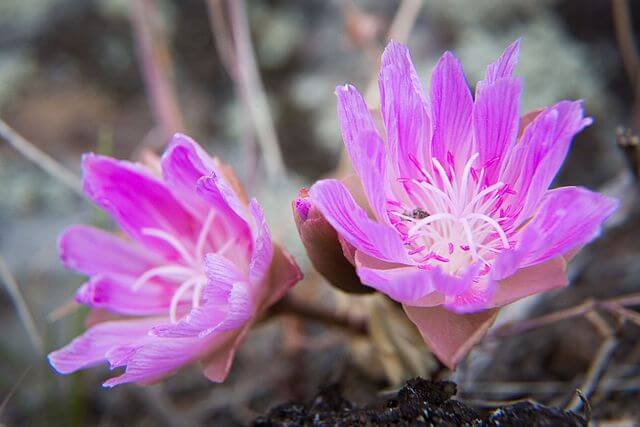
Introducing Bitterroot Lewisia rediviva is known commonly as Bitterroot, a plant that is a part of the Montiaceae family and that is native to western North America. Originally, this plant was a member of the Purslane family due to its growth requirements and succulent-like appearance but was later categorized. Bitterroot is also known by several […]
Arrowleaf Balsamroot: The Hearty, Heavy Edible Plant

Intro to Arrowleaf Balsamroot Balsamorhiza sagittata, also known as arrowleaf balsamroot, is a flowering plant that is a member of the Aster (Asteraceae) family. This yellow flower is also known as Breadroot, Spring Sunflower, and Oregon Sunflower. Arrowleaf balsamroot is a perennial plant that is native to various areas on the west coast of North […]
Bear Grass, Resilient Rhizomes

Bear Grass (Xerophyllum Tenax) gets its name from the observations of bears eating the young fleshy stems and Grizzly bears using the leaves for their dens. Though not a true grass, other names for this plant include Indian Basket Grass, Deer Grass, Elk Grass, and Soap Grass. Identifying Bear Grass Bear Grass is an evergreen […]
Prickly Pear Cactus: What it is and How to Use it
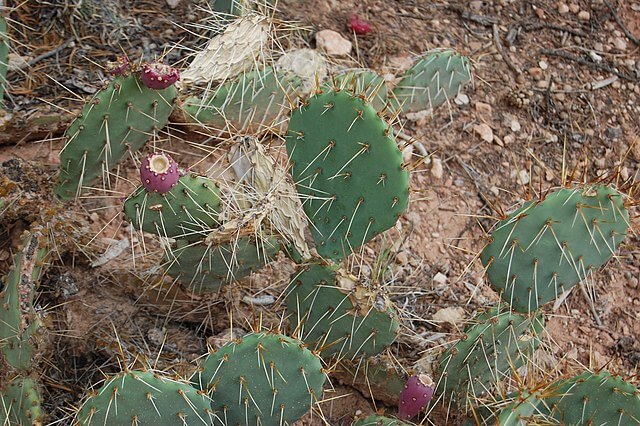
The Opuntia Columbiana, also known as the Prickly Pear cactus, is a perennial plant that grows in northeast Oregon and eastern Washington. Other names the Prickly Pear cactus is also known by are Oldman Prickly pear and Columbia River Pricklypear. The Prickly Pear cactus isn’t far from home, as this plant is native to the […]
Mountain Sorrel, Lemon Leaves of the North

Mountain sorrel (Oxyria digyna) is a common wild edible plant of the buckwheat family and can be found while foraging in arctic regions and mountainous parts of the Pacific Northwest. The Cascades or Sierra Nevada mountain ranges are particularly great habitats for mountain sorrel. Mountain Sorrel is native to the Northern Hemisphere and one theory […]
Wild Mustard in the Pacific Northwest
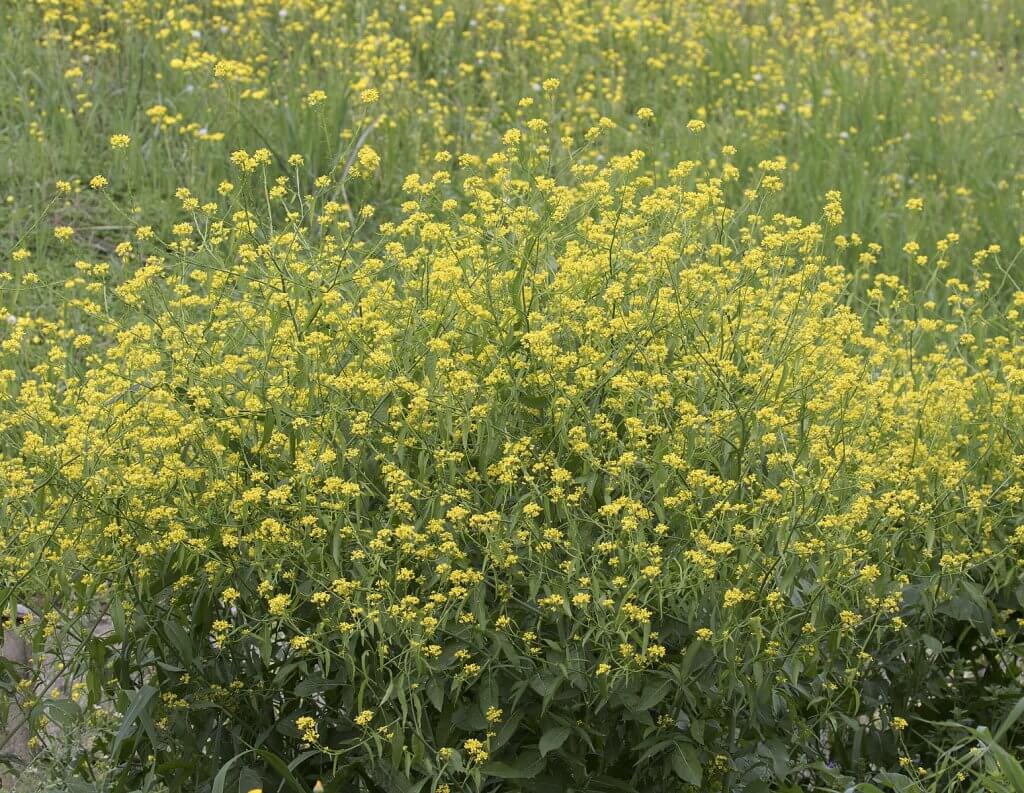
Wild mustard (Brassica rapa) is a wild herb of the mustard family that’s used widely across the globe, especially in the Pacific Northwest, as a vegetable and seed oil crop. Other common names include field mustard and, in the UK, charlock. Wild Mustard is believed to originate from Europe and Central Asia, however, there’s not […]
West Coast Parasitic Edible Fir Cone Look-alike: Groundcone
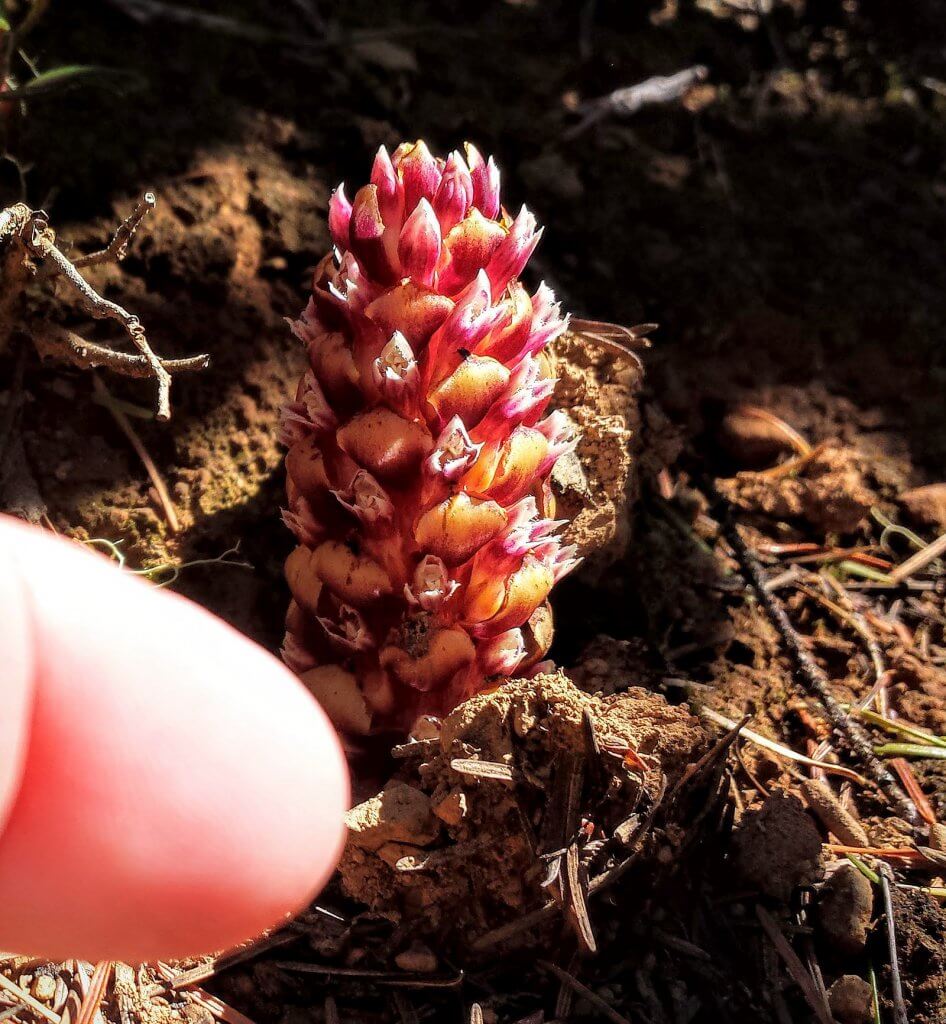
What and Where is it California Groundcone (Boschniakia strobilacea) is a wild plant native to the west coast, found in Californa and Oregon. Other variations, including the Vancover Groundcone (Boschniakia hookeri), can be found as north as nearly the tip of Alaska. The Northern Groundcone (Boschniakia rossica) primarily is found throughout northern Canada and into […]
Orange Agoseris, Dandelion Imposters of the West Coast
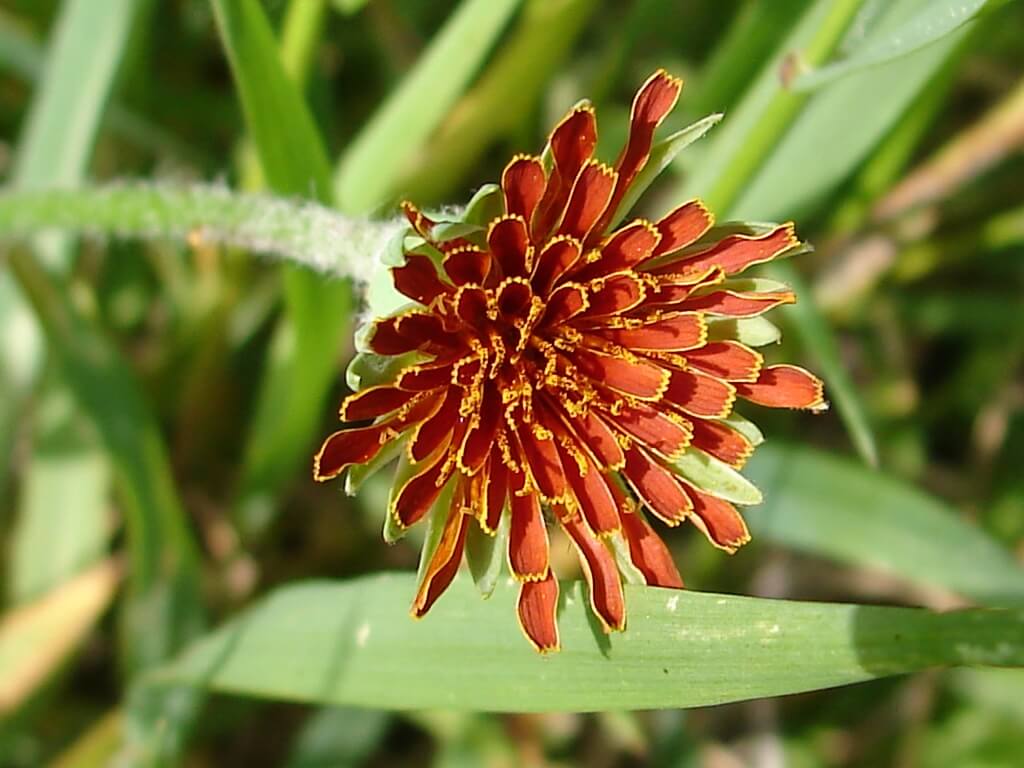
If you have walked through the meadows or woods of the west coast, you may have seen this plant before. You might have mistaken it for a strange looking Dandelion. Orange Agoseris (Agoseris Aurantiaca), also known as the Mountain Dandelion, is one of a family of ‘False Dandelions’. It is a perennial native to the […]
